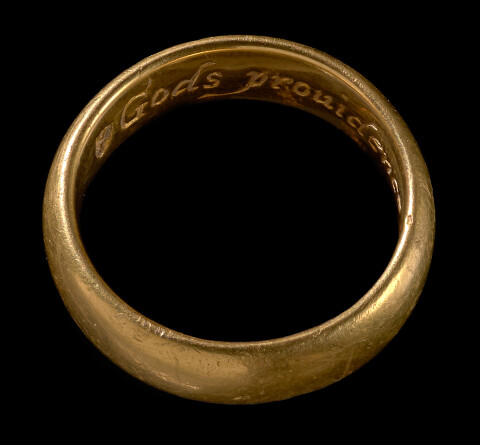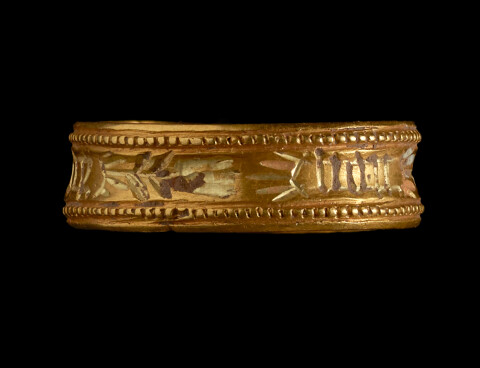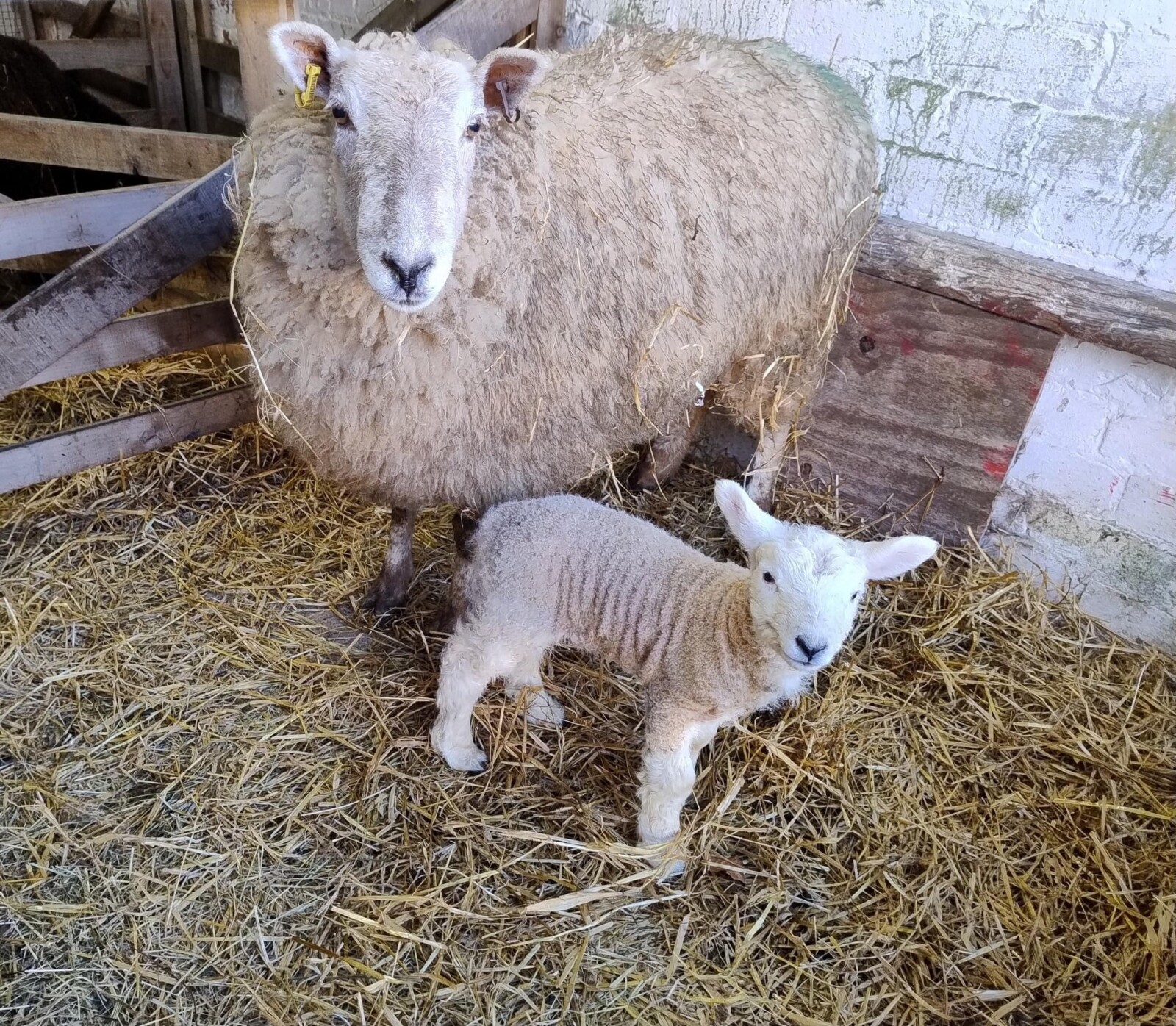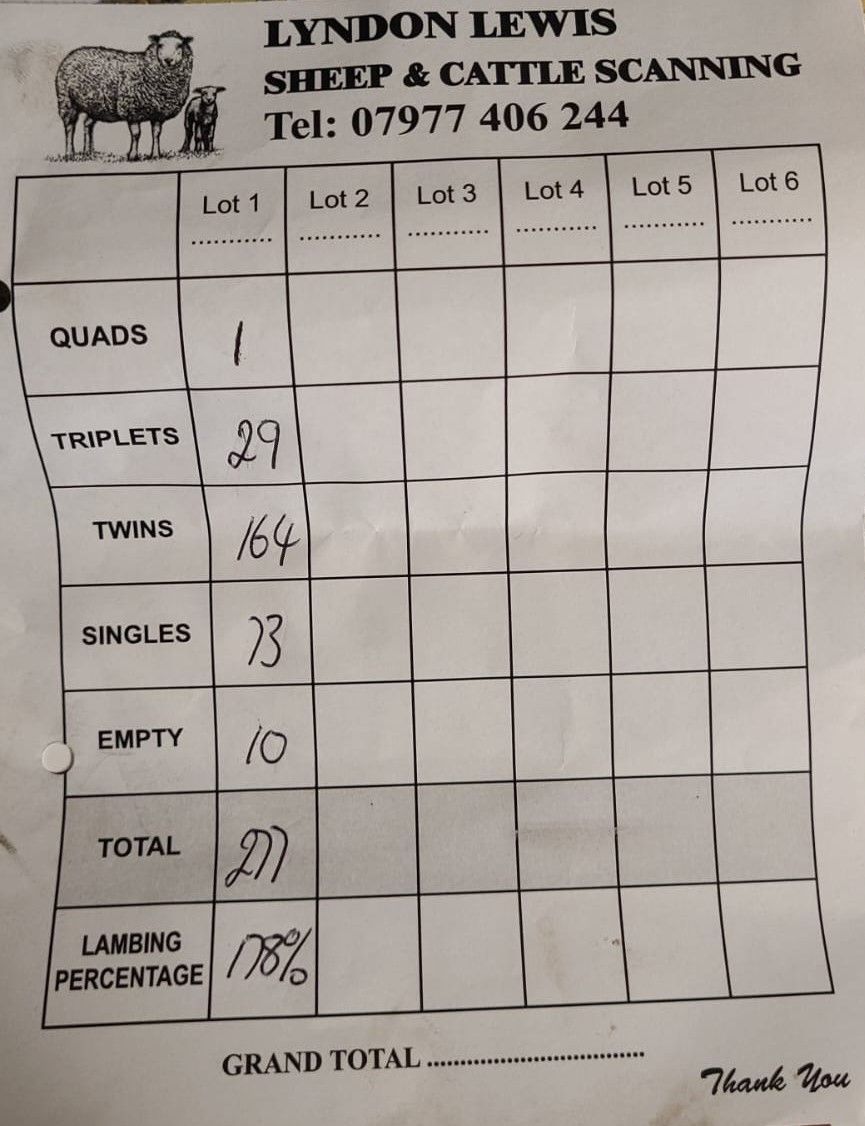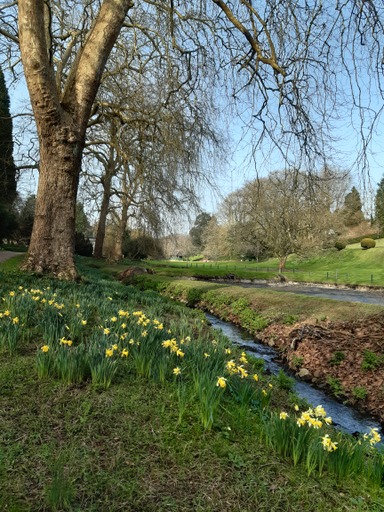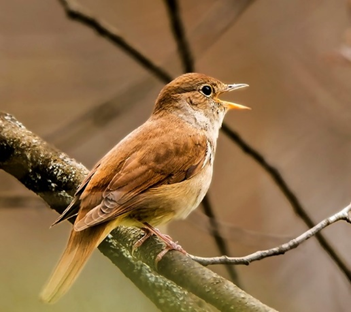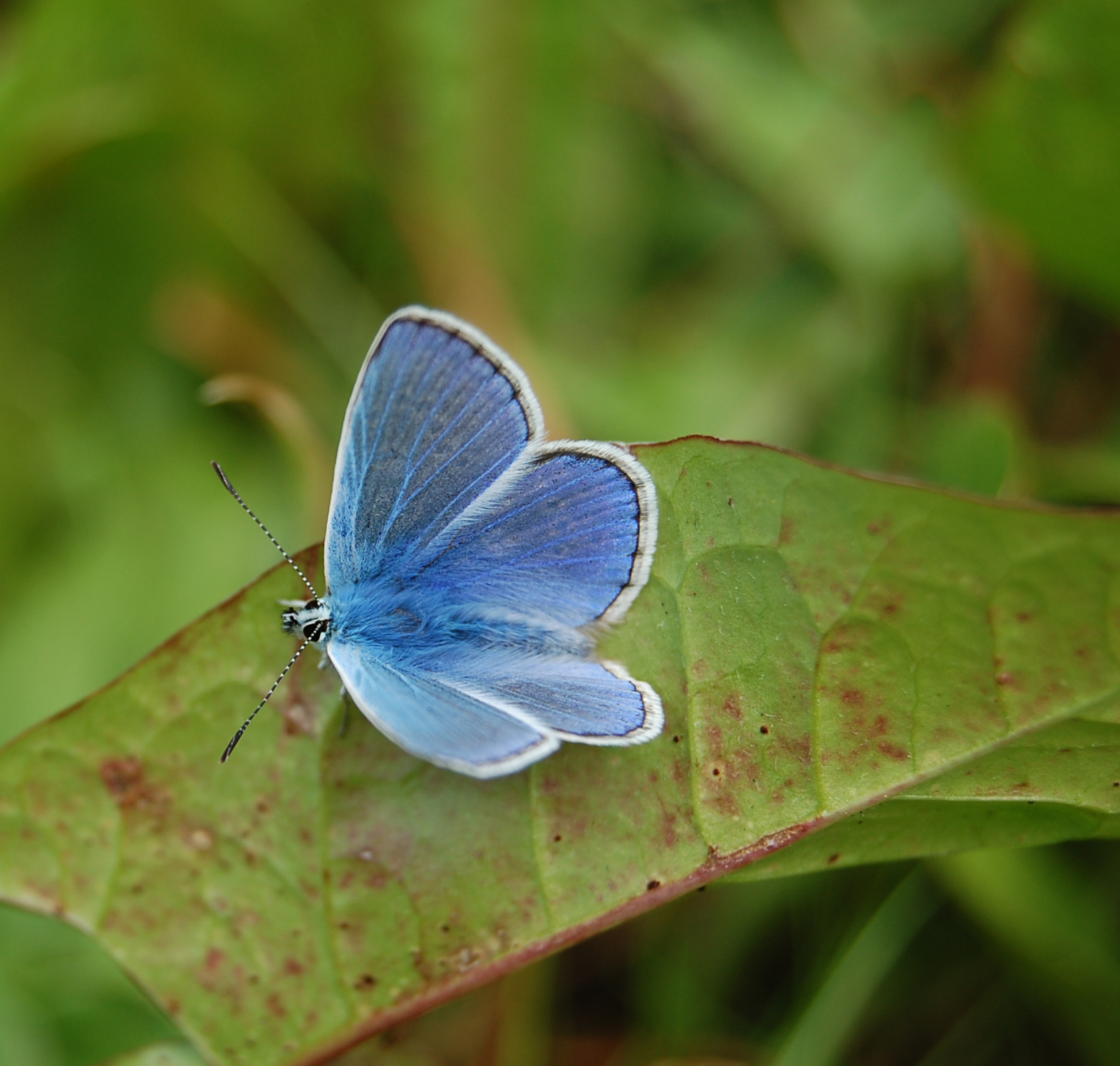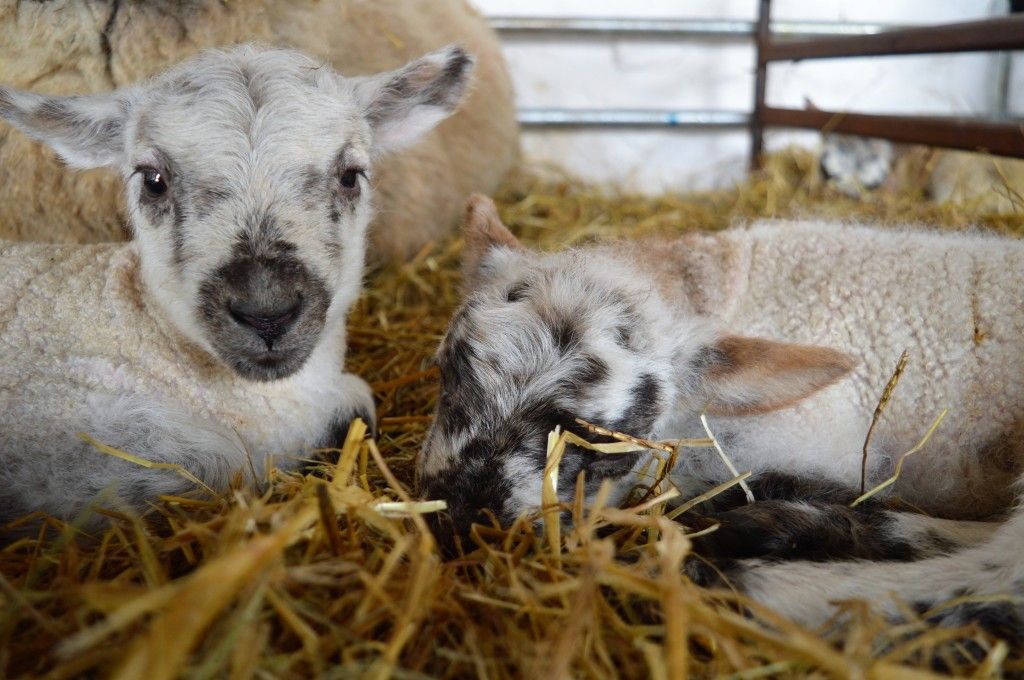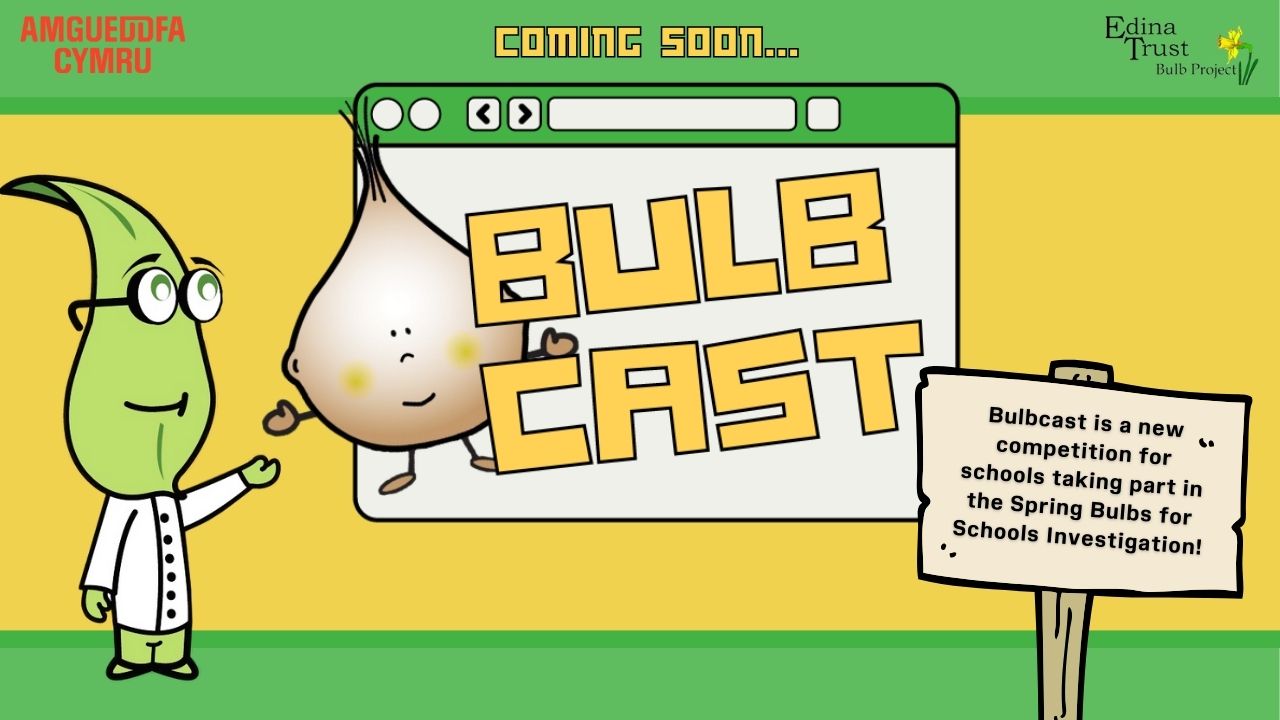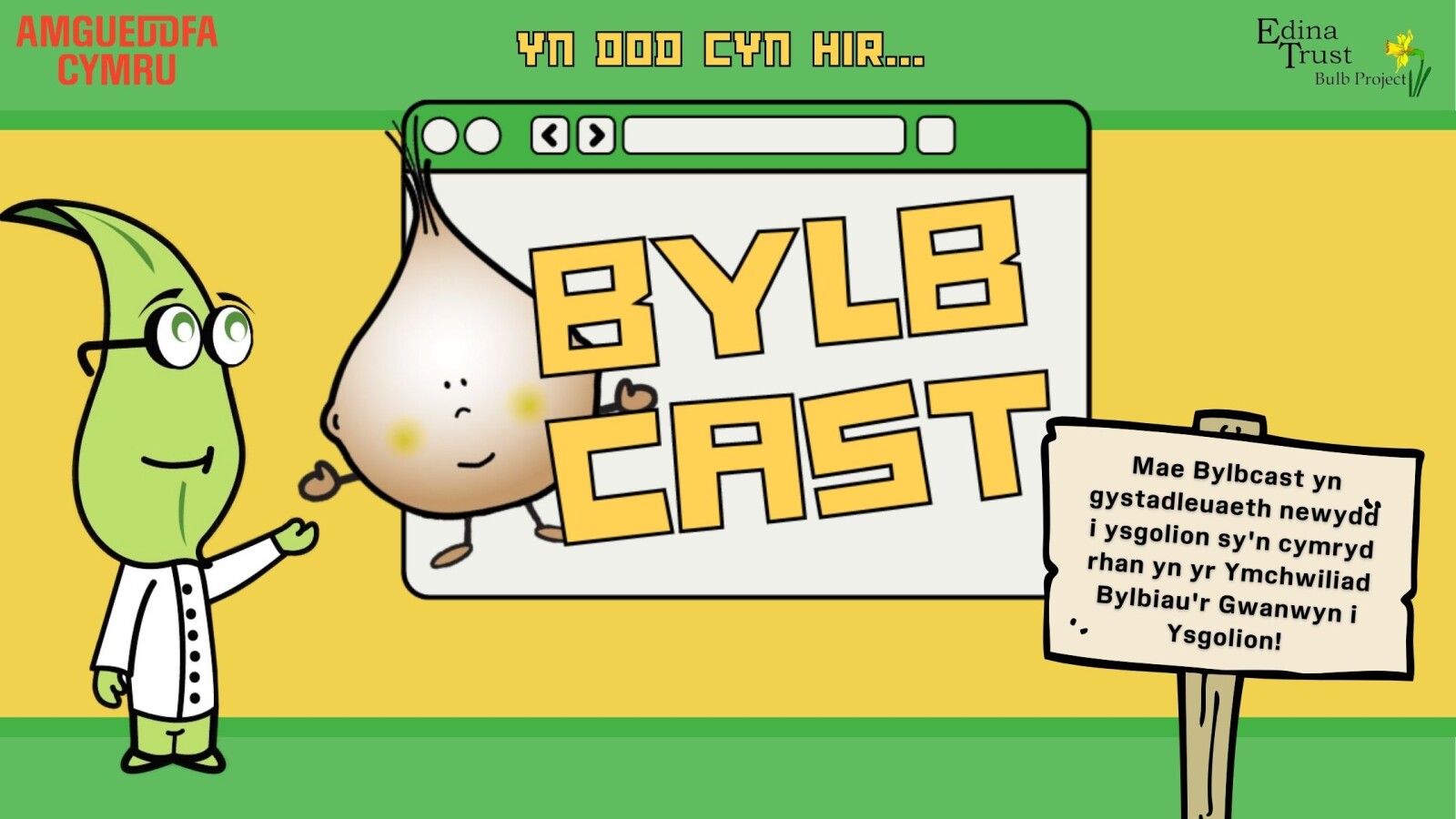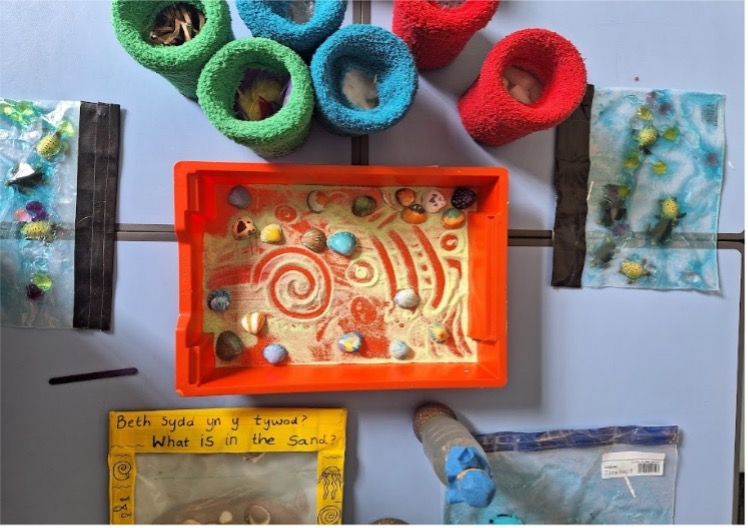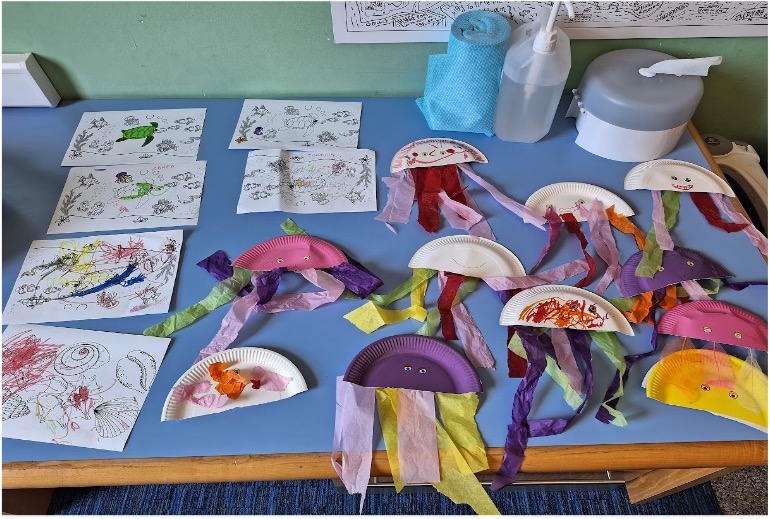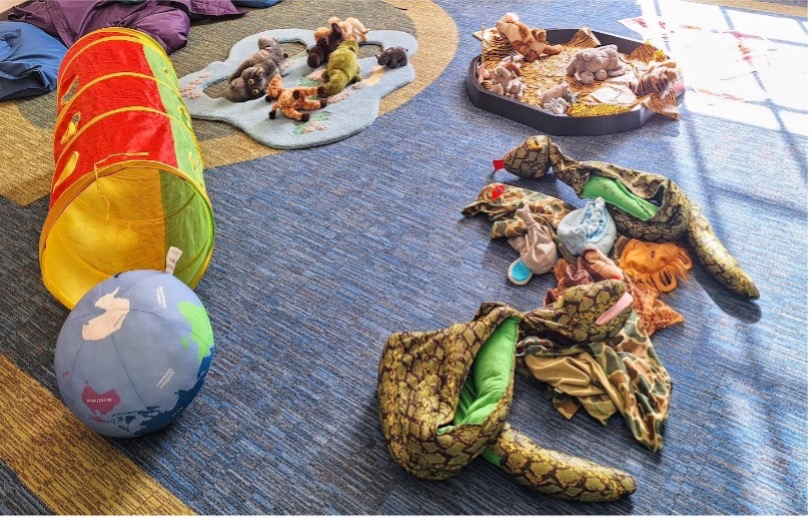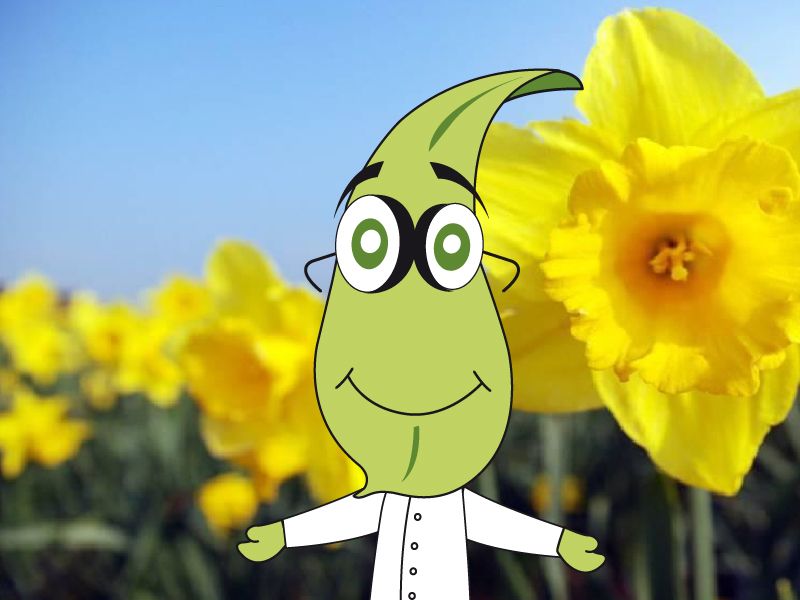Croeso nôl | Welcome back - Lambcam 2024
, 1 March 2024
Dydd Gŵyl Dewi Hapus!
We are delighted to be launching this year’s #lambcam on St David’s Day. This is a special year as we’re also celebrating the 10th year that we have streamed live from the lambing sheds at St Fagans! Lambcam 2024 is once again brought to you by a small but dedicated team, who will stream the action live from our lambing shed on 1-22 March between 8am-8pm (GMT).
The Lambcam team is joined by two Amgueddfa Cymru Producers, Howl and Varsha, who will both take turns controlling the camera. They are also busy creating behind-the-scenes footage for Lambcam Extra that will be shared on Amgueddfa Cymru’s social media pages:
Facebook | St Fagans National Museum of History
Facebook | Amgueddfa Cymru[FR1] [ED2]
Instagram | Amgueddfa Cymru
X | Amgueddfa Cymru Learning Department
We're expecting 492 lambs in total with a lambing rate of 190% – it’s promising to be a bumper year! The main headline for us as we start our lambing season is the number of multiples we are anticipating from the December scans. On average, we would expect anything up to 10 sets of triplets per year, but 2024 brings a new record for us with a total of 29 sets of triplets due! We are also expecting 1 set of quads, the first in a few years so there is a lot of excitement for their arrival too.
We currently have all the ewes expecting twins in the larger lambing shed, marked with 1 green dot on their backs. The singles, triplets and quad are in the smaller shed across the yard at the moment but they will be moved once more lambs are born and more space comes available in the larger lambing shed.
We welcome hundreds of schoolchildren to St Fagans and Llwyn-yr-eos Farm during the lambing season every year, but we also know that Lambcam is enjoyed in classrooms across the country, and we would love to hear from you! This year, we are launching a special challenge for schools watching online – more details about this will be announced next week.
For more information about our sheep at lambing time, check out these blogs from previous years:
- Welcome to Lambcam 2022 – what does a normal birth look like? | Amgueddfa Cymru – Museum Wales
- Lambcam 2021 – FAQs | Amgueddfa Cymru – Museum Wales
- A guide to lamb presentation – aka ‘what’s going on in there?’ | Amgueddfa Cymru – Museum Wales
We hope you enjoy watching again this year – and please keep in touch with us by leaving comments on the Lambcam webpage or on socials using #lambcam #sgrinwyna
Does Lambcam have you bleating with joy? Shear the love and donate today!
